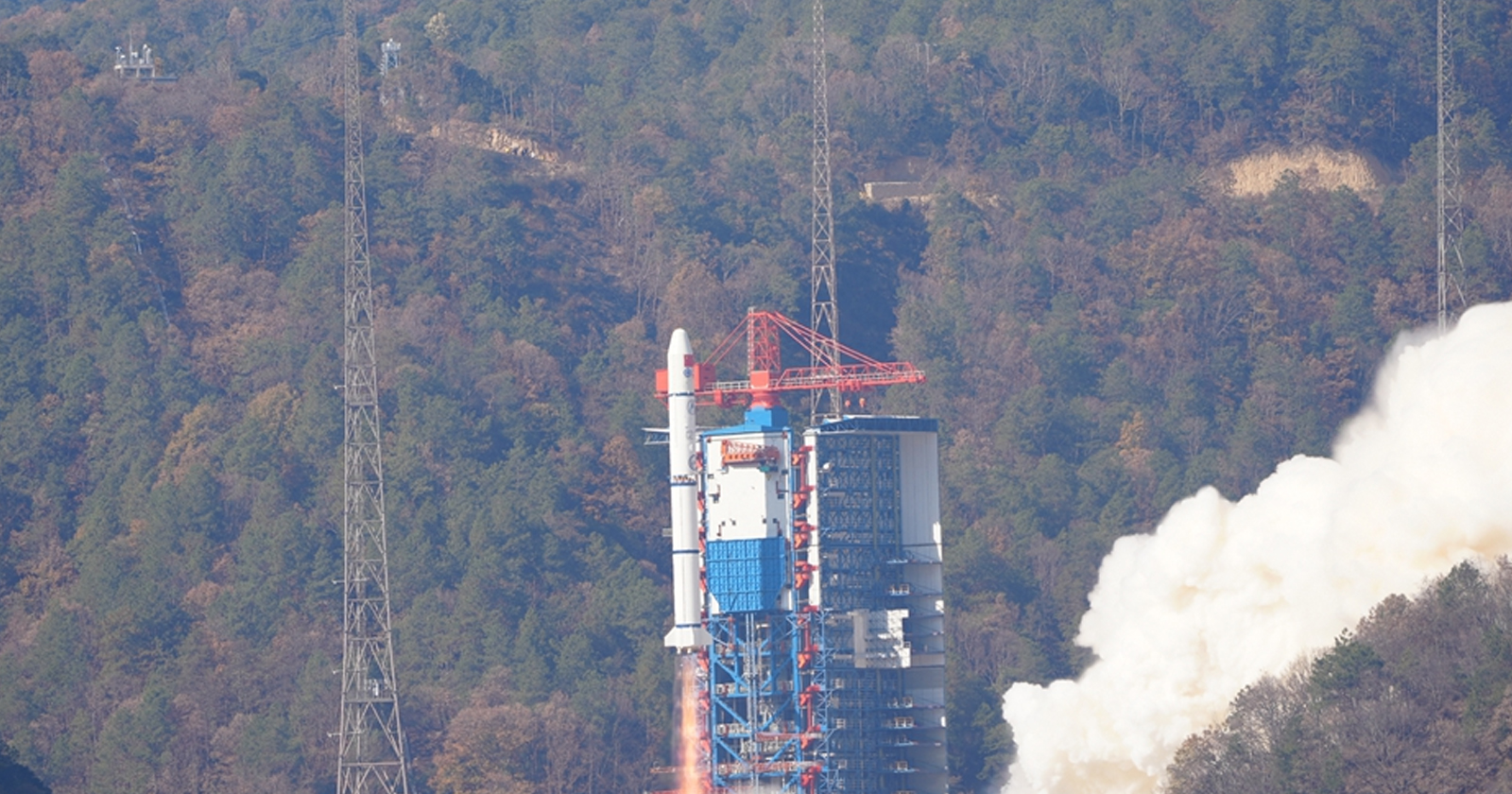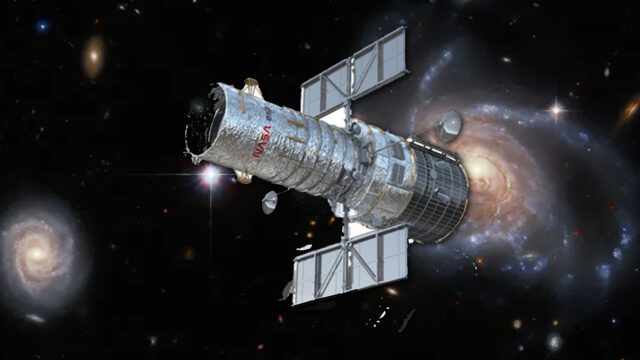China has taken a major step forward in space exploration with the successful launch of Einstein Probe, a new X-ray satellite designed to observe violent cosmic events. The launch, carried out using the Long March-2C carrier rocket from the Xichang Satellite Launch Center in southwestern China, was the 506th mission of the Long March series.
China launches Einstein Probe satellite that will reveal cosmic phenomena of the universe
Einstein Probe (Einstein Probe) satellite’s primary purpose is to observe distant flares resulting from cosmic events using the astronomical time-domain observation method. Wide Field X-ray Telescope (WXT) And Tracking X-ray Telescope The satellite is expected to perform high-precision real-time dynamic sky observation in the soft X-ray band.

This approach will allow the Einstein Probe to systematically discover high-energy transient and sudden objects in the universe, monitor the activities of known celestial bodies and explore their nature and physical processes.
The satellite’s designed lifespan is five years, during which it aims to capture sudden cosmic explosion events or violent activities of celestial bodies. Yuan Weimin, the scientist at the head of the Einstein Probe project, explained that these celestial events, known as temporary, appear suddenly in the universe, last for a short time, and then quickly disappear. The X-ray band where these phenomena are concentrated displays a complex and variable brightness reminiscent of sparkling fireworks.


Eruptions play a very important role in understanding the formation and evolution of celestial bodies. However, Earth’s atmosphere absorbs X-rays containing valuable information from these events, making ground-based observations difficult.
Yuan emphasized the importance of a satellite with high sensitivity and a wide field of view to detect these relatively distant and faint transients. What are you thinking? Please don’t forget to share your thoughts with us in the comments.


